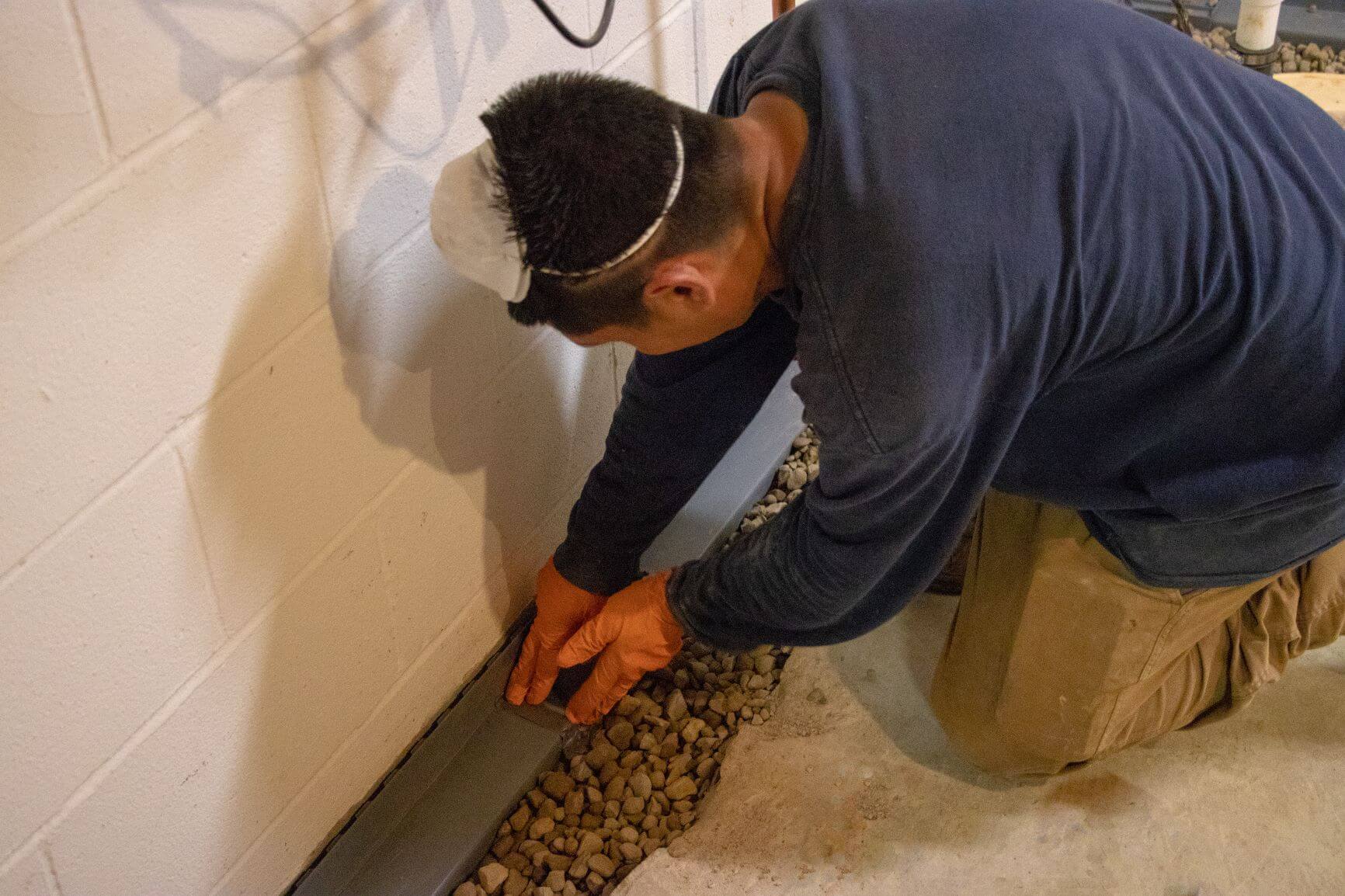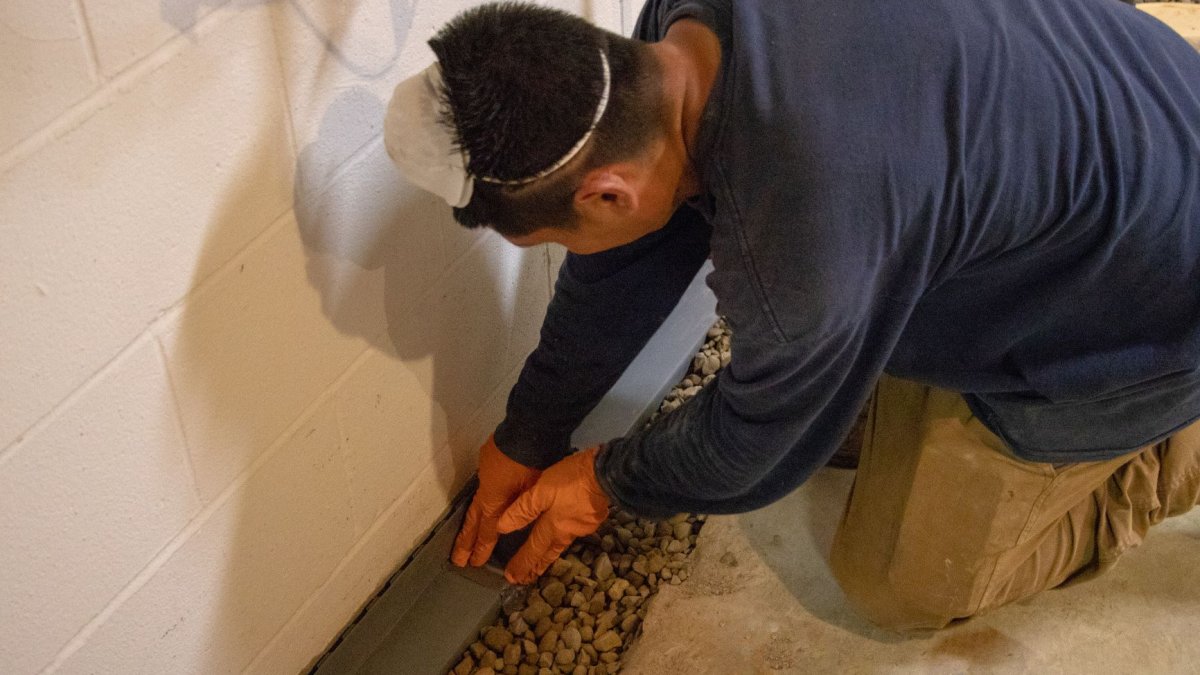
For many homeowners, the basement is an essential part of their living space. Whether it’s used for storage, entertainment, or additional living quarters, it’s crucial to keep this underground space dry and free from moisture. Water seepage not only damages stored items but can also pose severe health and structural concerns if left untreated. While many preventive measures exist outside the home, internal basement waterproofing solutions are equally crucial. Here’s an in-depth look into these solutions.
Why Internal Waterproofing?
Before delving into the specifics, it’s worth noting why internal waterproofing is beneficial. External methods, such as improving drainage or adding external barriers, might not be feasible due to landscaping, neighboring properties, or financial constraints. Internal methods offer a more direct and often cost-effective approach to address existing water issues.
1. Sump Pump Systems
A sump pump is perhaps one of the most recognized internal waterproofing solutions. When installed correctly:
– It collects water from the basement and pumps it away from the home.
– Sump pumps require a pit, typically at the lowest point in the basement, where water will naturally collect.
– The pump activates when the water reaches a certain level and moves it away from the home, ensuring the basement stays dry.
For homeowners in flood-prone areas, a battery backup for the sump pump can be a wise investment to ensure it operates even during power outages.
2. Interior Weeping Tile System
Another effective method to divert water from the basement is the interior weeping tile system. This method involves:
– Installing perforated pipes along the interior perimeter of the basement floor.
– The pipes collect water as it seeps into the basement and direct it to a sump pump or drain.
– A gravel bed typically surrounds these pipes, allowing water to flow into them while filtering out debris.
3. Waterproof Wall Sealants
For basements that experience minor seepage or where external solutions aren’t possible, applying a waterproof sealant on the interior walls can be a simple and effective remedy.
– These sealants are specially formulated to adhere to concrete or masonry surfaces.
– When applied, they form a watertight bond, preventing water from seeping through.
– It’s worth noting that while these sealants can stop minor leaks, they might not be suitable for significant water intrusion issues.
4. Vapor Barriers
Vapor barriers are essential for basements with persistent dampness issues. They act as a shield, preventing moisture from passing through walls and floors.
– Typically made of plastic or foil sheet, vapor barriers can be installed on the interior side of basement walls and floors.
– Besides preventing moisture entry, they also improve the basement’s energy efficiency by reducing heat loss.
5. Dehumidifiers
Though not a waterproofing solution in the strictest sense, dehumidifiers play an invaluable role in maintaining a dry basement atmosphere. They work by:
– Extracting moisture from the air, thus preventing mold growth and that persistent “musty” basement smell.
– They’re especially beneficial in basements where humidity levels consistently exceed 60%, even without visible water seepage.
Internal basement waterproofing solutions play an essential role in maintaining a dry, safe living space. While external measures can prevent water from entering the basement in the first place, internal methods directly address existing problems, offering peace of mind to homeowners. Whether it’s installing a sump pump, sealing walls, or merely using a dehumidifier, these methods ensure that your basement remains a comfortable and damage-free area of your home.
Kane Walker
Related posts
Stay connected
- How LoveOn Chat Is Becoming the Most Versatile AI Companion for Digital UsersThe internet keeps shifting toward hyper-personal interaction, and AI companions are at the center of this shift. What used to be simple chatbots are now evolving into emotionally aware, adaptive, and multi-functional digital partners. Among the new generation of platforms, LoveOn Chat is becoming one... The post How LoveOn Chat Is Becoming the Most Versatile […]

